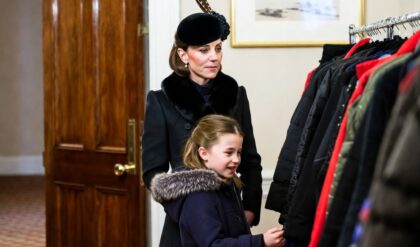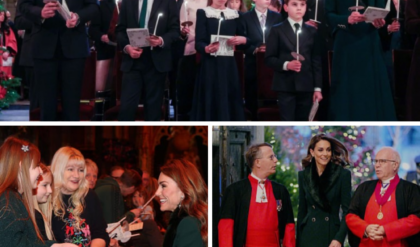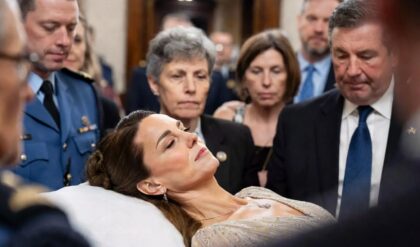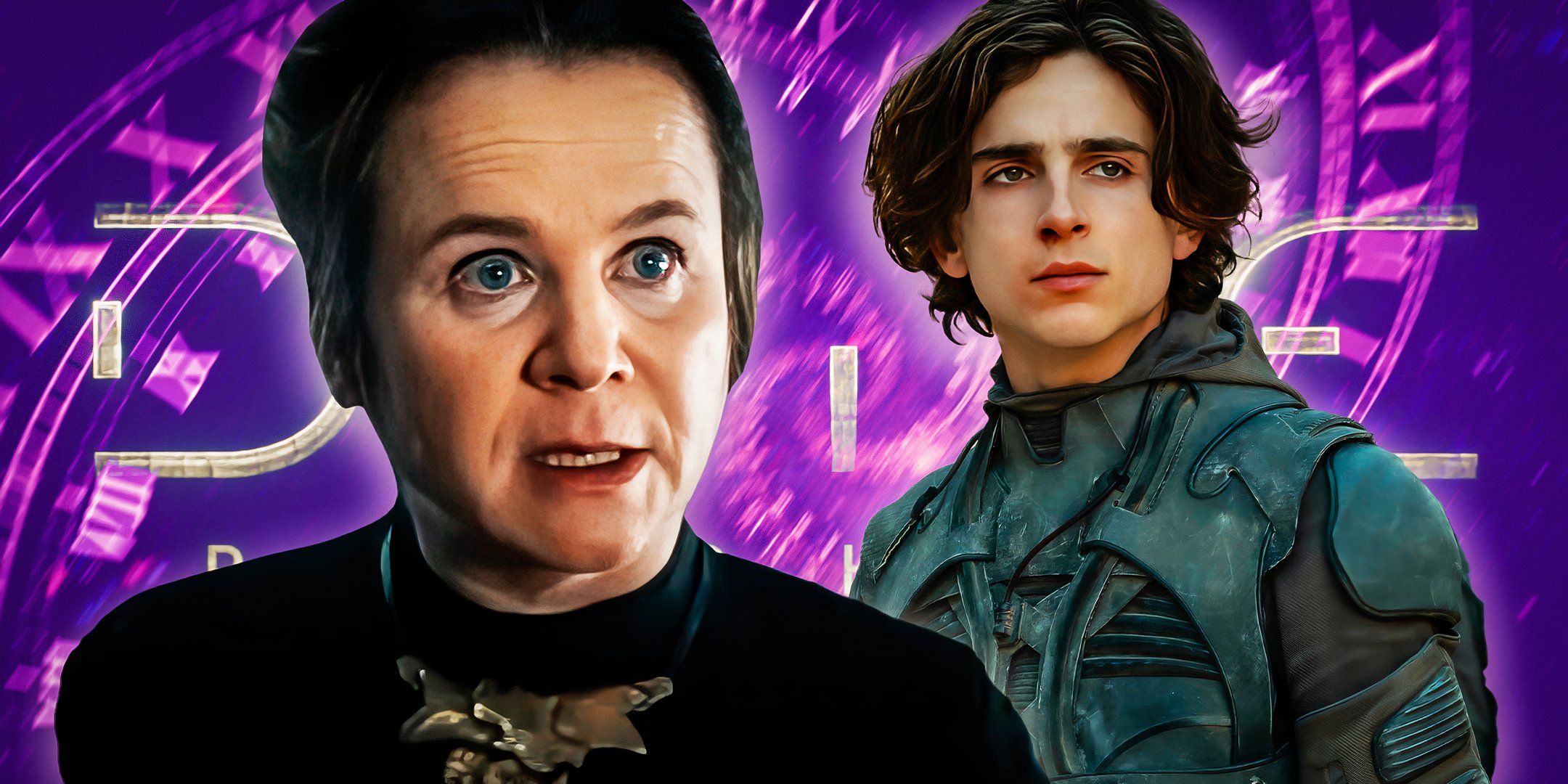
While the recent Dune movies have set up Paul Atreides’ story, the Dune universe is much bigger than one man. However, Dune movies already failed to include the Spacing Guild and other key elements from Herbert’s books, setting up massive challenges for Dune: Part Three. Put simply, given how the Dune books end, there is no shortage of challenges when it comes to translating Herbert’s vision to the screen. Thankfully, Dune: Prophecy offers the perfect chance to properly set the stage for not just Dune 3, but for future adaptations of Herbert’s other novels.
Dune: Prophecy Will Explain The Conflict That Destroyed Dune’s Thinking Machines
The Butlerian Jihad Had A Profound, Centuries-Long Impact On Dune’s Universe
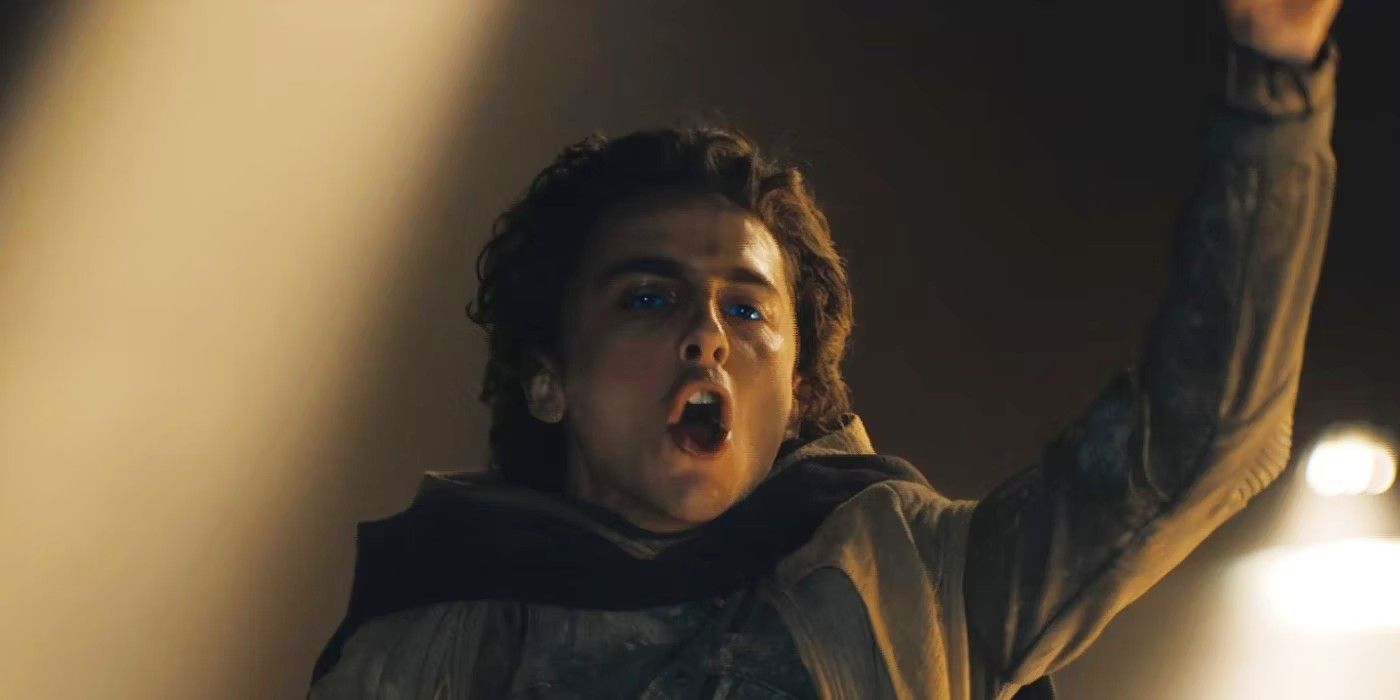

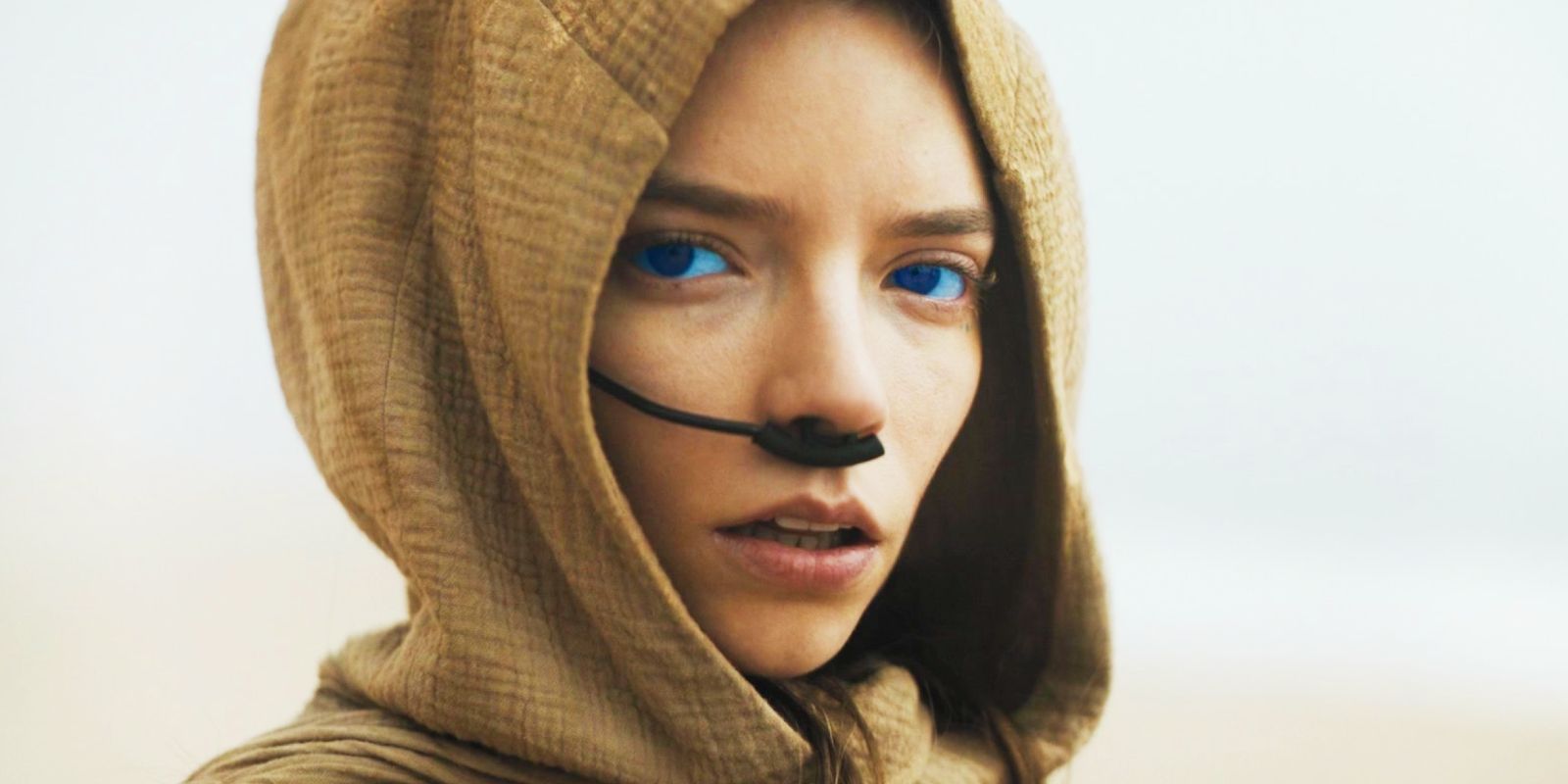
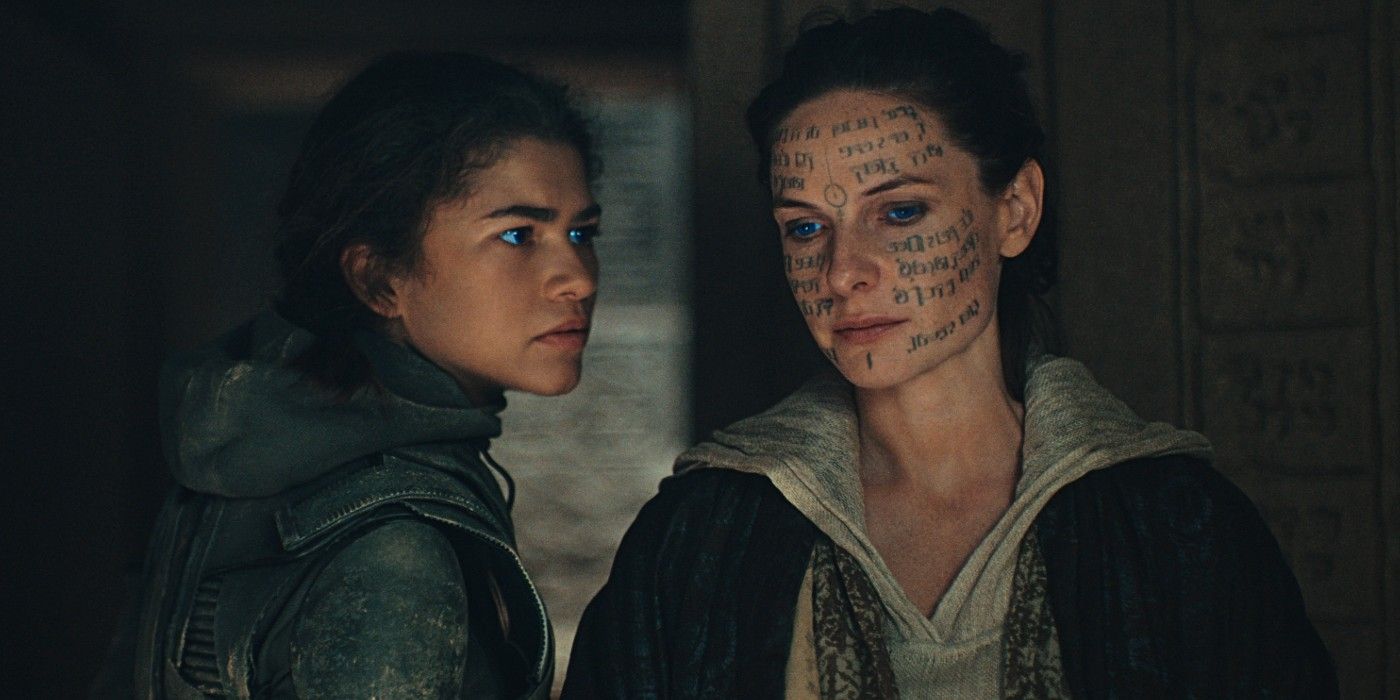
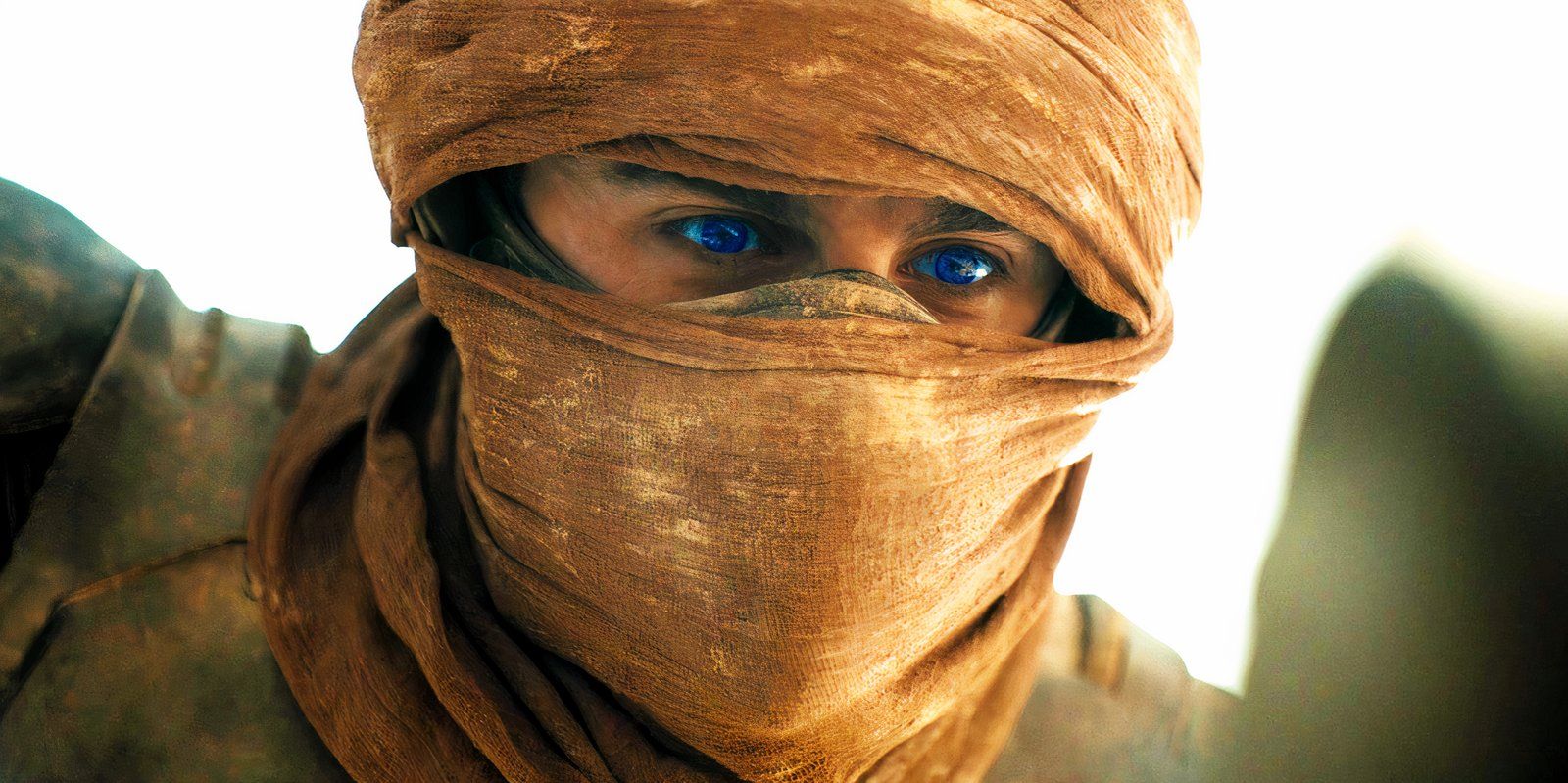





Those who have watched the Dune films have likely noticed that Frank Herbert’s sci-fi world is not populated by the typical technological advancements that fill Star Wars, Star Trek, and other epic sci-fi series’ universes. Despite Dune‘s inclusion of impressive spaceships and interstellar travel, the characters rely on a seemingly magical spice that’s harvested from the desert to travel far distances. Instead of turning to computers for solving complex mathematical equations, humans have learned to hone their minds and manifest superhuman abilities. There aren’t any robots or AI in Dune‘s cast of characters — and for good reason.
With humans insisting that ” man may not be replaced, ” the complete destruction of all intelligent machines throughout the known worlds ensued.
Centuries before Paul’s story, the universe was subject to the Butlerian Jihad. Also dubbed the Great Revolt, the Jihad was a crusade against all thinking machines, computers, and conscious robots. With humans insisting that “man may not be replaced,” the complete destruction of all intelligent machines throughout the known worlds ensued. Notably, this had a massive impact on humanity’s socio-political and technological development. Orders such as the Bene Gesserit, Spacing Guild, and mentats rose to hone humans’ mental and physical conditioning. Since the Butlerian Jihad occurs just before Dune: Prophecy, the miniseries can properly explore the universe-shaping crusade.
The End Of Frank Herbert’s Core Dune Saga Brings Back The Thinking Machines
The Human Vs Thinking Machine Conflict Is Central To Frank Herbert’s Dune 7
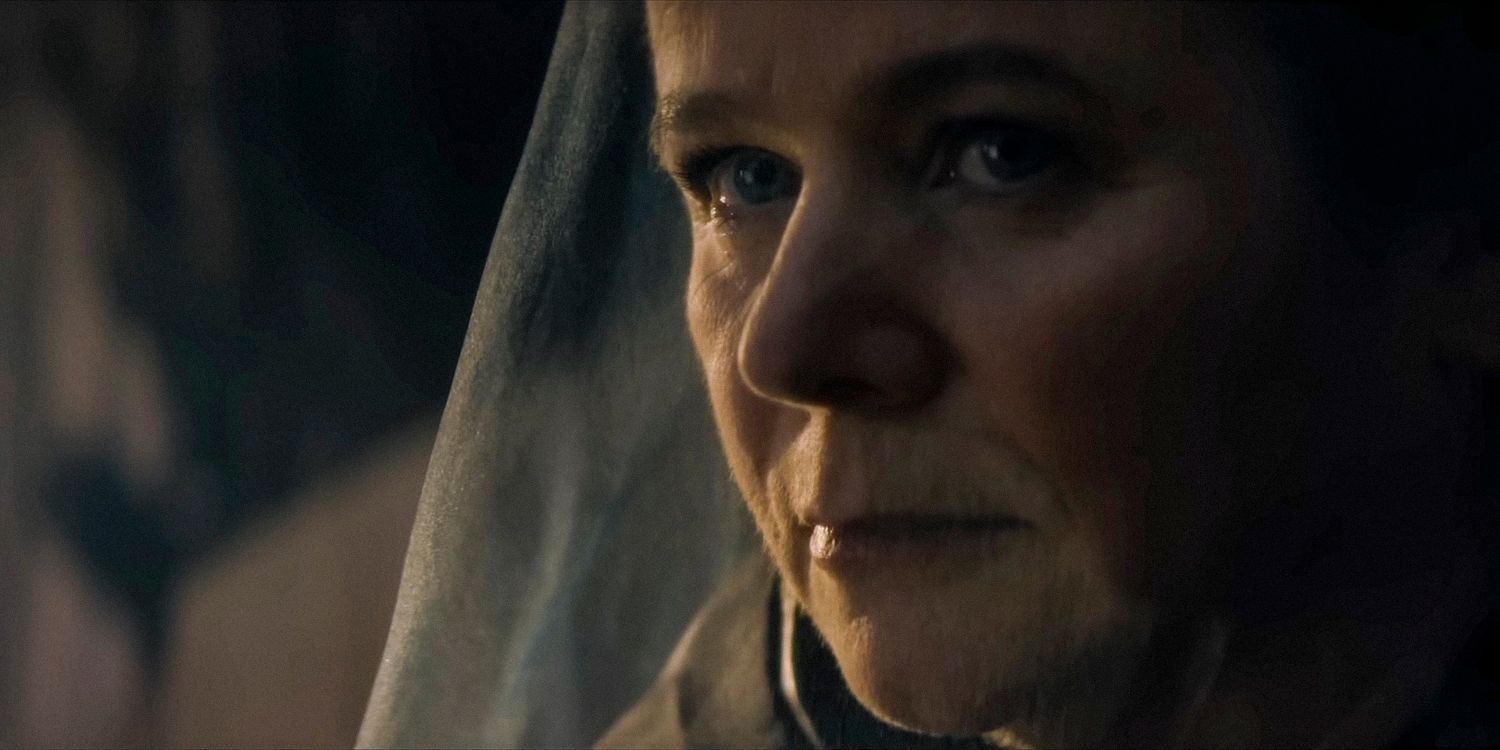
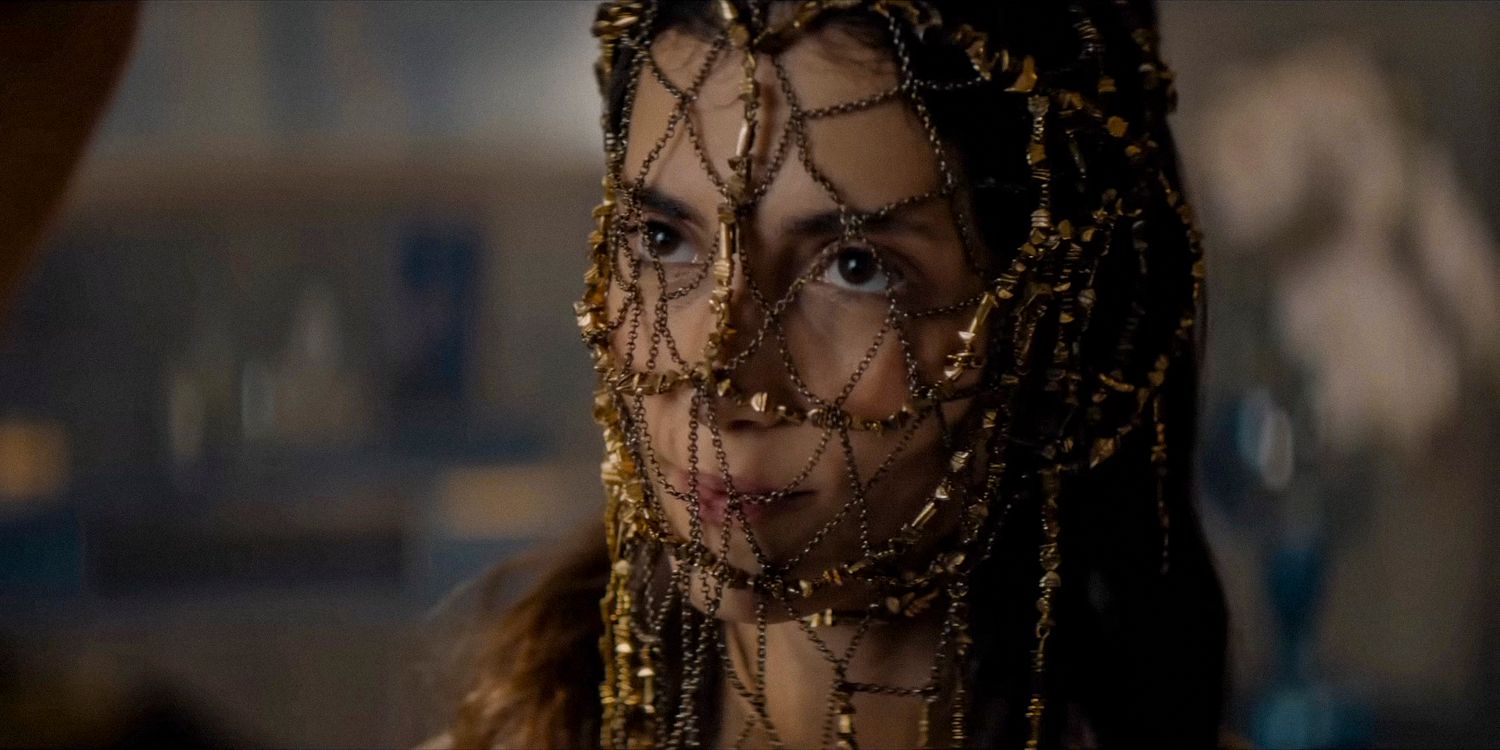
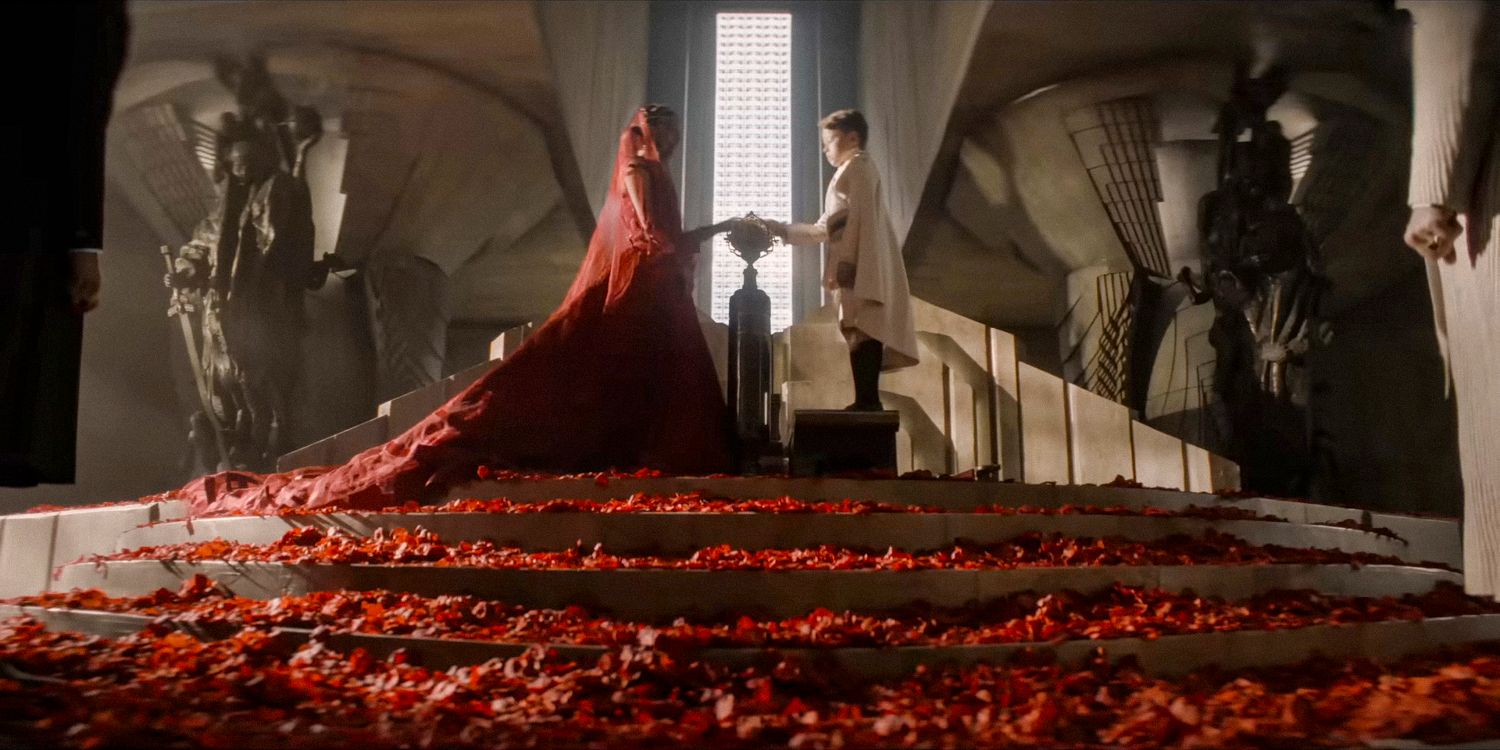



After penning Dune, author Frank Herbert followed up the now-classic sci-fi hit with five sequels: Dune Messiah, Children of Dune, God Emperor of Dune, Heretics of Dune, and Chapterhouse: Dune. Before his death, Herbert had written an outline detailing the events that were to unfold in Dune 7, prompting his son, Brian Herbert, and novelist Kevin J. Anderson to finish the saga. The duo split Dune 7 into two books, Hunters of Dune and Sandworms of Dune. Although there are over 20 novels in the Dune canon now, those eight novels make up the franchise’s core story.
…the crusade [against thinking machines] does set the stage for everything that follows it.
In some ways, Herbert’s original saga returns to where Dune began. Centuries before Paul Atreides rose to power, his destiny was set into motion with the formation of the Bene Gesserit order and their Kwisatz Haderach plan. Of course, the Bene Gesserit only came to be in the wake of the destruction of all thinking machines during the Butlerian Jihad, so, even though that conflict doesn’t occur within the first eight books, the crusade does set the stage for everything that follows it. In Chapterhouse: Dune and beyond, a threat looms, and it’s eventually revealed to be the thinking machines.
That said, if the rest of the Dune saga is to be adapted to the screen, the introduction of the human vs. thinking machine conflict must be handled properly. While the first two Dune films focused on Paul’s story and cut some of the novel’s sub-plots, Dune: Prophecy has the unique opportunity to set the stage not just for Paul’s journey, but for the story of all of humanity by grounding Dune‘s narrative in the Butlerian Jihad and its immediate aftermath.
Dune: Prophecy Can Set Up A More Grounded Ending Than The Books
The Later Dune Books Get Very Weird
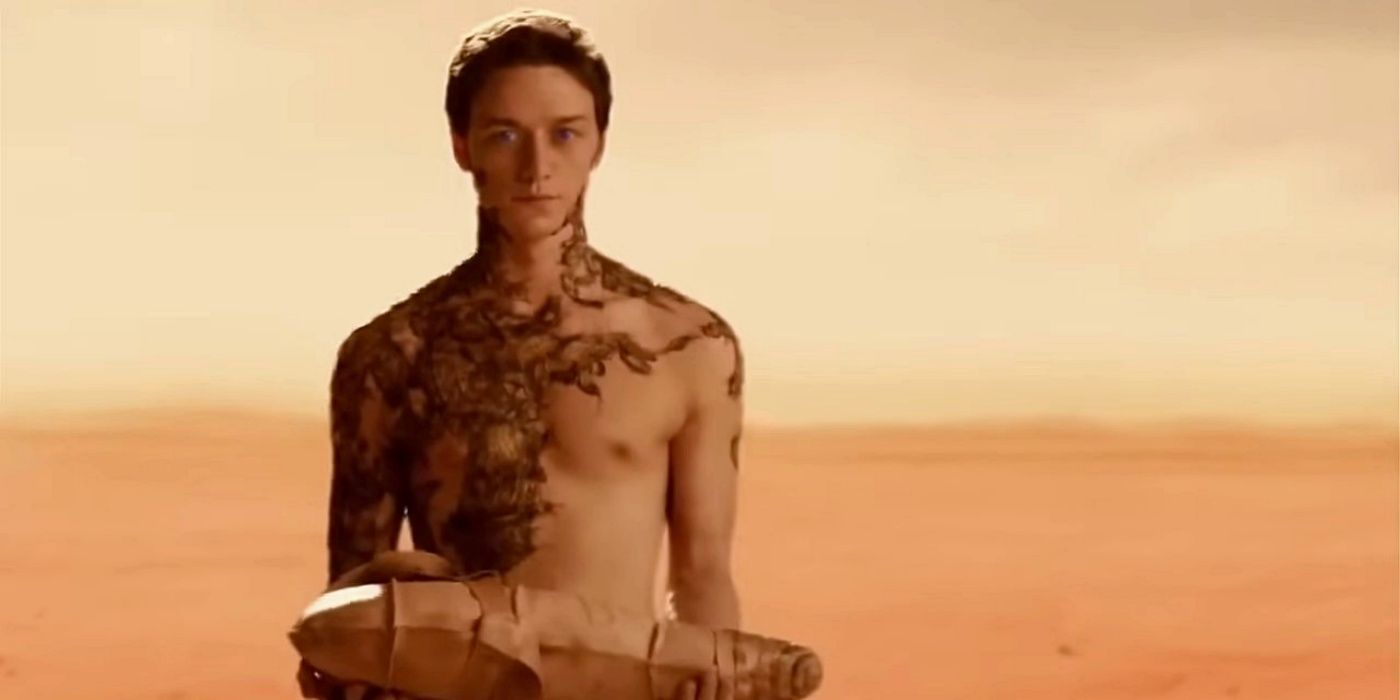
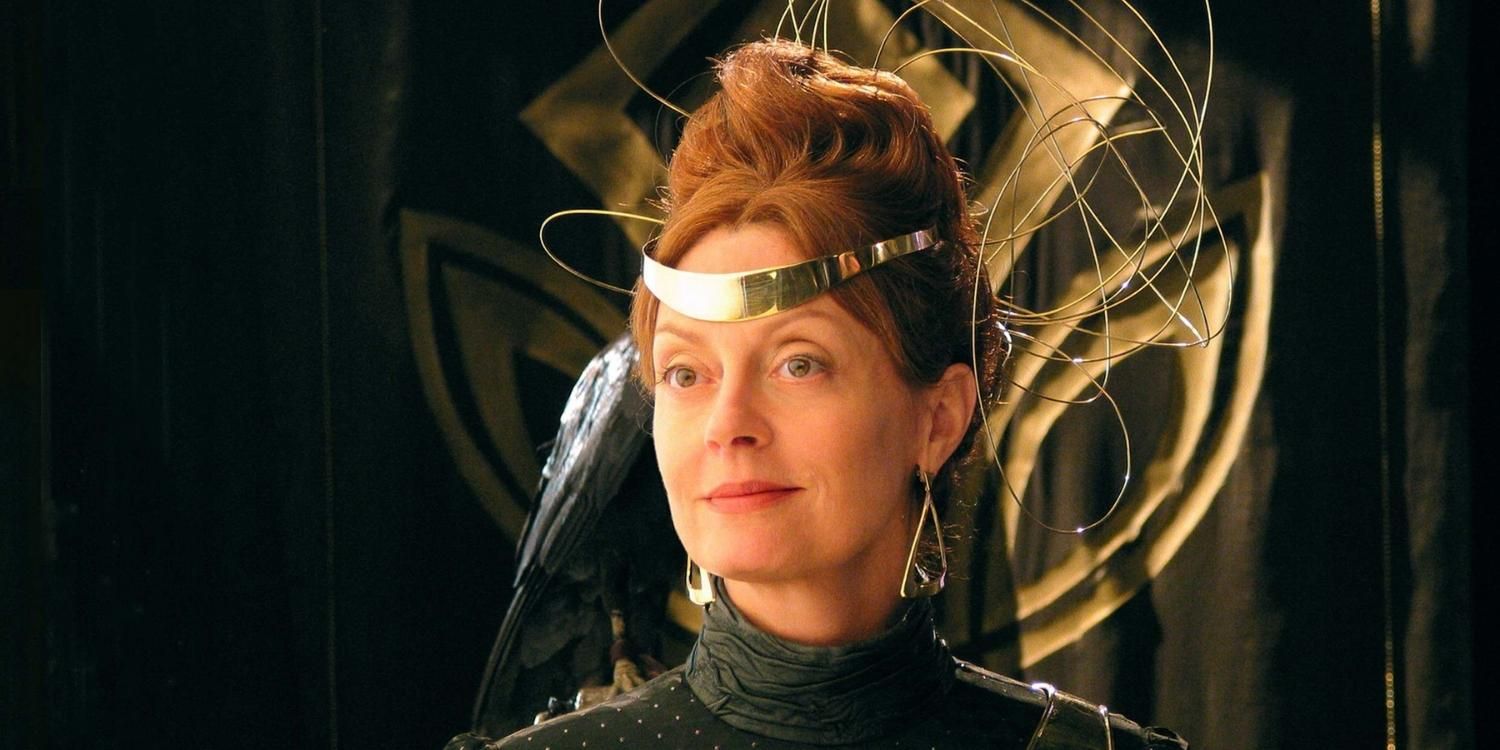
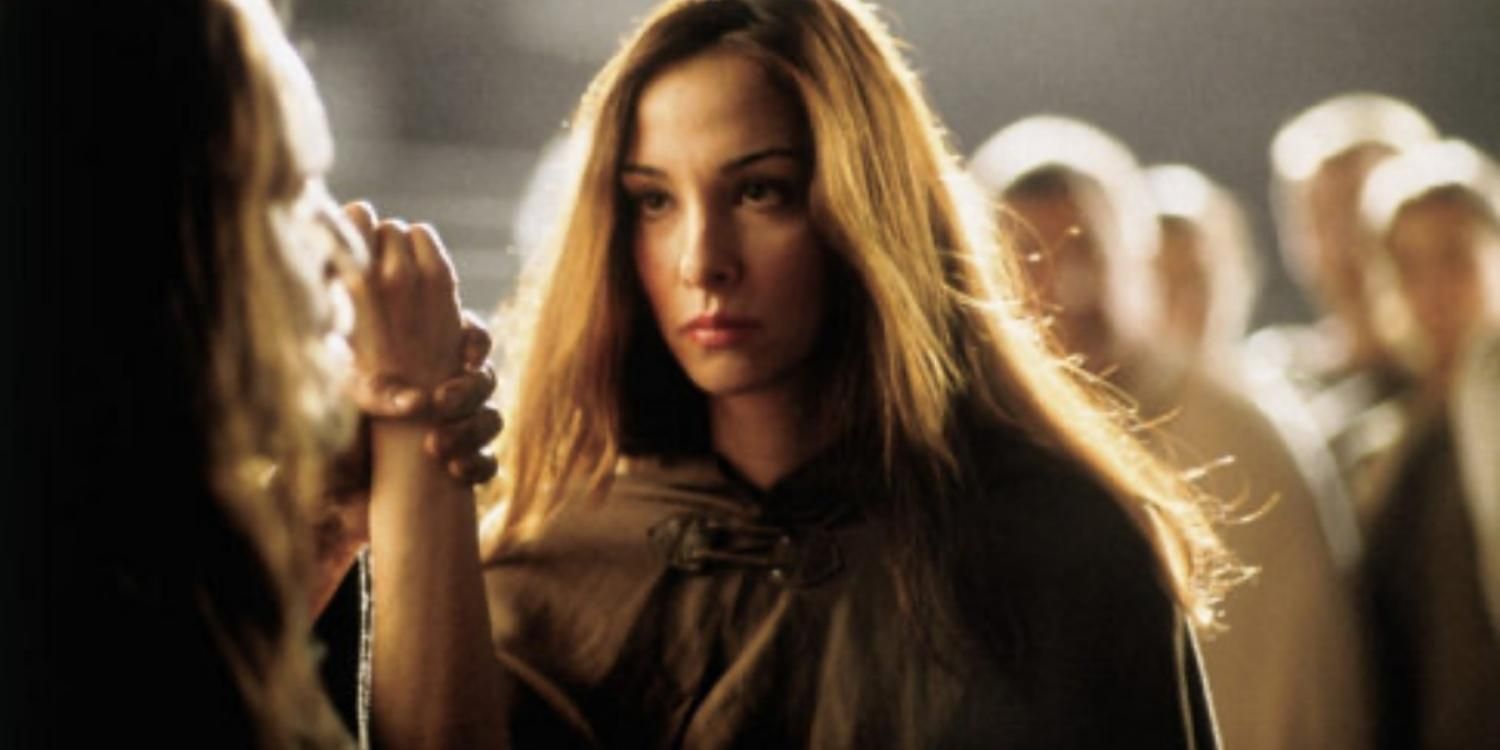
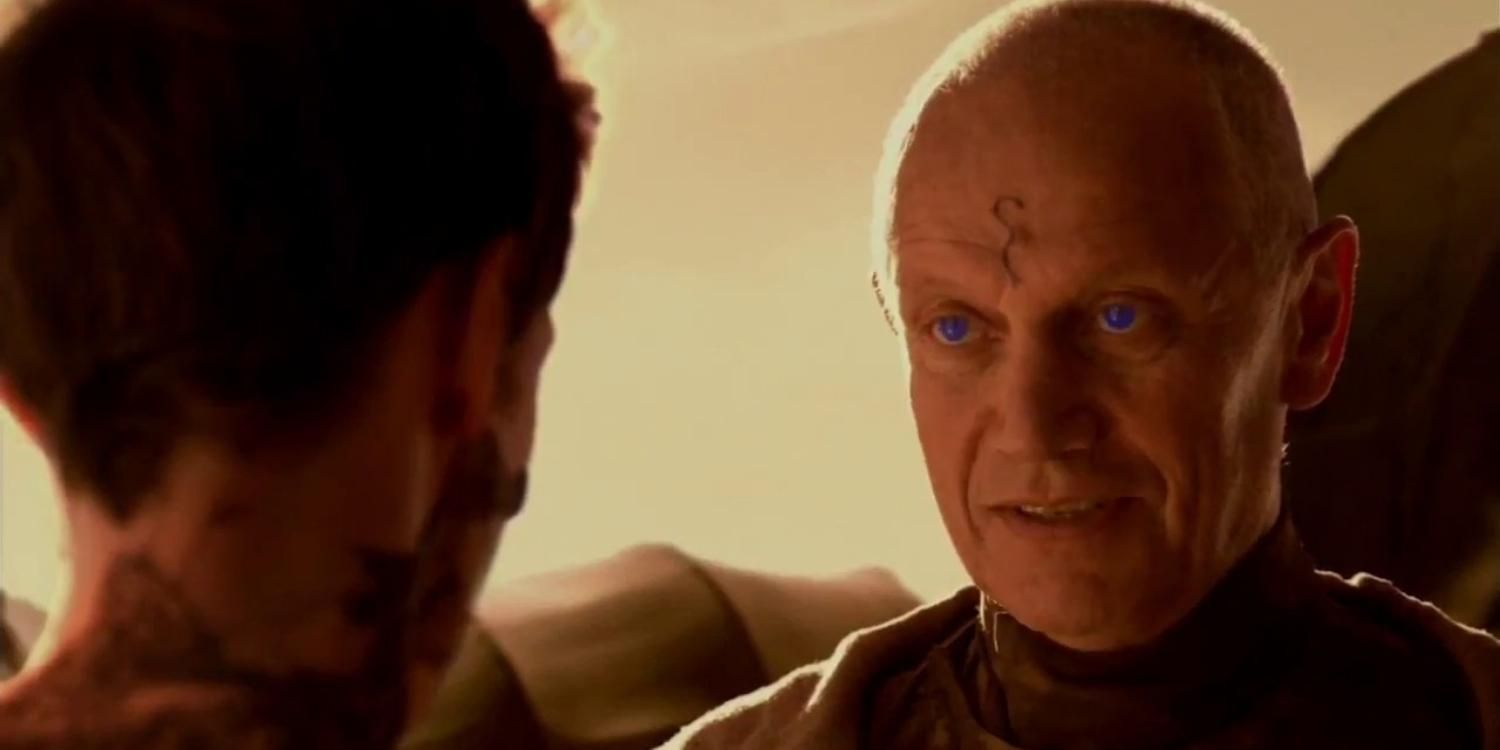
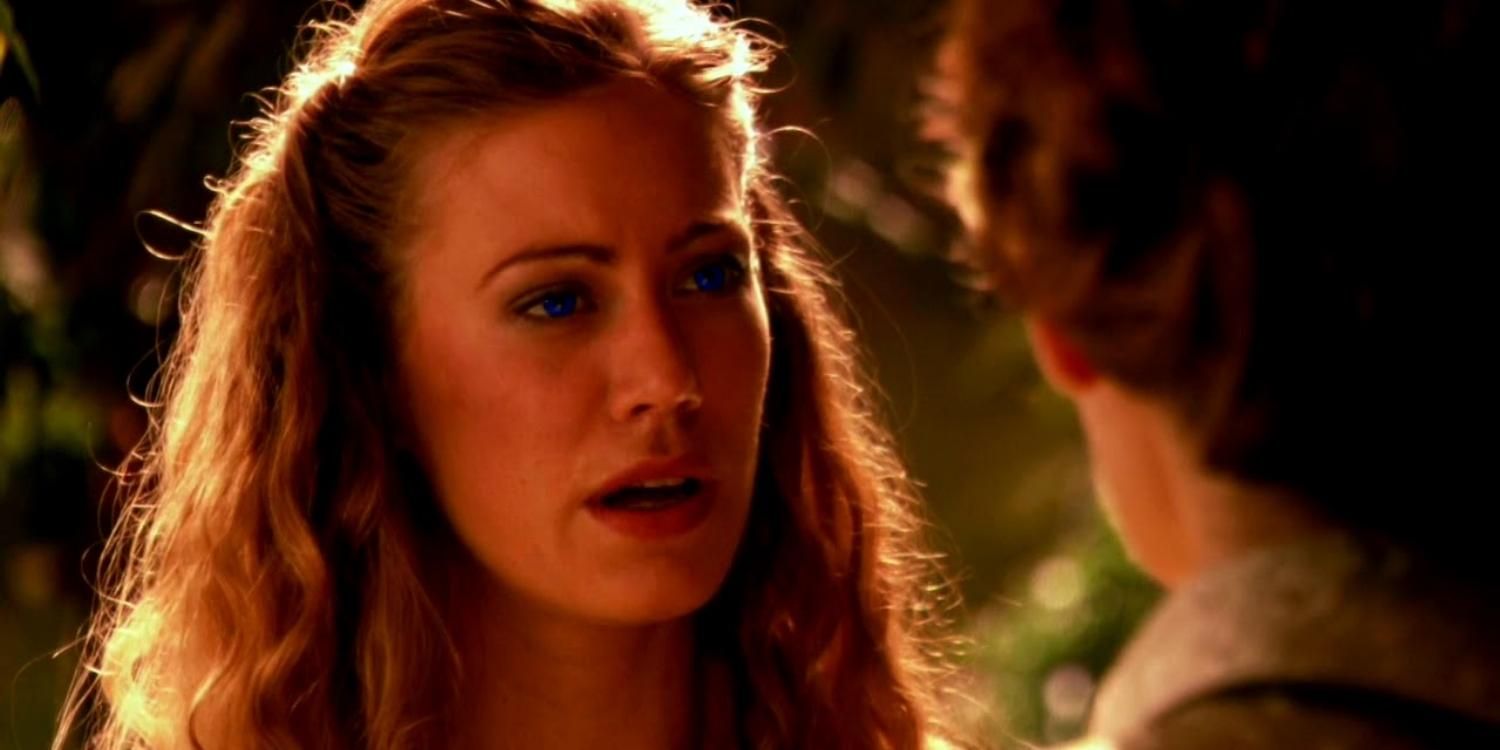





There are many weird Dune 3 moments audiences won’t be ready for, but the plot points only get more bizarre afterward. Still, any potential adaptations of later Dune works could provide a more “grounded” ending to the saga. At the very least, Dune: Prophecy can help set up an ending that feels both inevitable and satisfying. With Paul and his son, Leto II, determined to find a path forward for humanity that doesn’t end in all-out destruction, Dune: Prophecy must properly introduce the threat of the thinking machines — which have long presented a crucial obstacle to humanity’s longevity.


